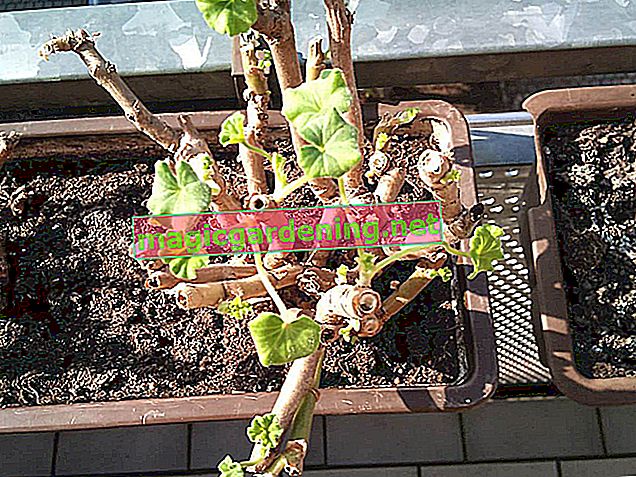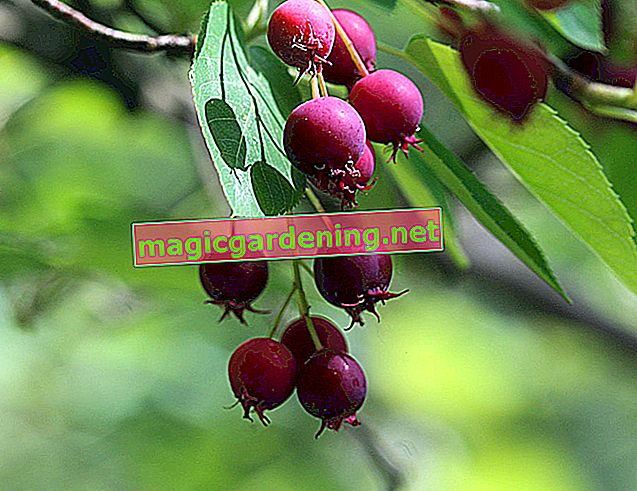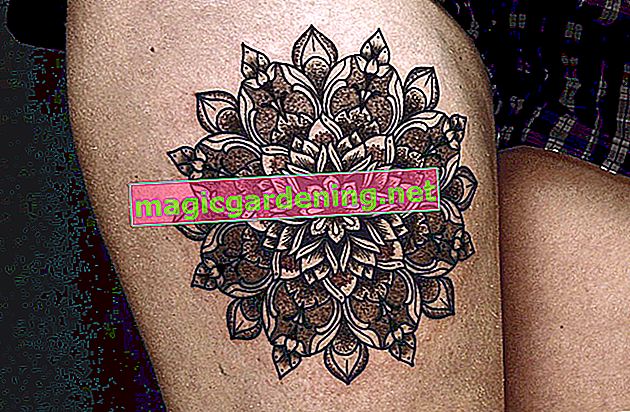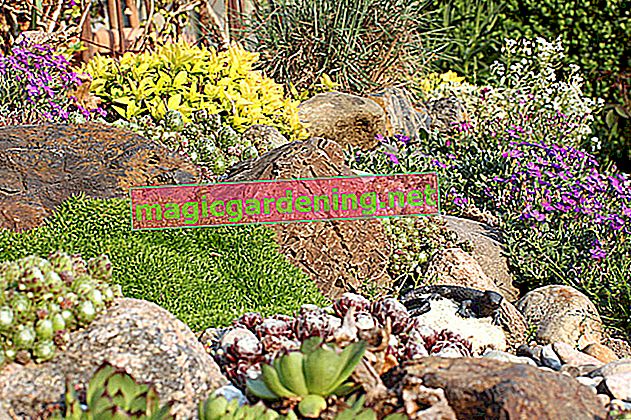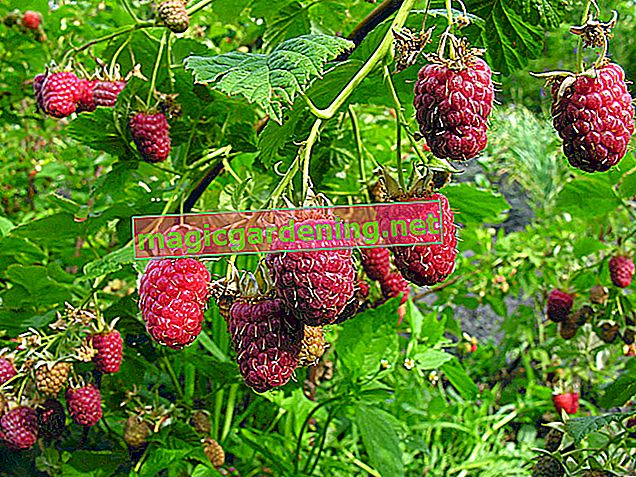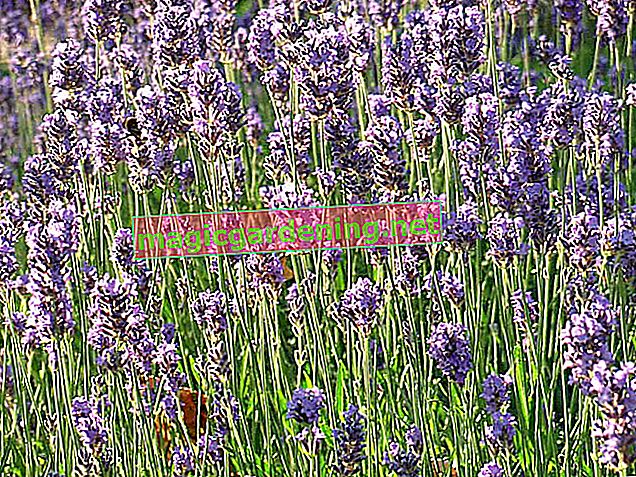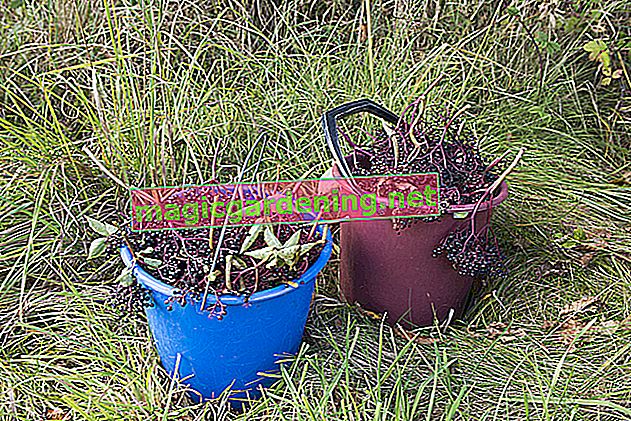
How a dialect causes confusion
Ask a member of the older generation along the Lower Rhine to Lower Saxony to show you a lilac. The person addressed will undoubtedly point to a black elderberry. In the local dialect, the Platt, elderberries have been called lilacberries since ancient times. The common lilac is still the pingster bloom in the local language.
also read
- False cypress or thuja - what's the difference?
- How fast and how high does an elder grow?
- Where does elderberry grow?
This mini 'Tower of Babel' causes confusion to this day, because even in Germany-wide nurseries and nurseries, black elder is mostly sold with the nickname lilacberry. To be on the safe side when purchasing one of the two ornamental trees, you should always include the botanical name: Black elder (Sambucus nigra) - Common lilac (Syringa vulgaris).
Optical differences
Those who don't want to mess around with botanical or etymological quibbles trust the obvious visual differences:
- Elder flowers appear in panicles, lilac flowers in panicles up to 30 centimeters long
- Elder flowers creamy white in June, lilac flowers purple in May
- Black elderberry bears berries, lilac forms capsule fruits
- the leaves of the black elder are pinnate, the foliage of the lilac, on the other hand, is broad and ovoid
While common lilac is mainly used as a feast for the eyes, black elder scores with edible berries and flowers. Even the leaves are used in popular healing arts. In this context, it must of course not be overlooked that the toxin content in all parts of the plant only dissolves when heated to at least 80 degrees Celsius. Elderberries are therefore boiled down to make jam, jelly, syrup or compote.
Tips & Tricks
At least one thing in common connects elder and lilacs: Both shrubs have an enormous urge to spread. You put a stop to this dominant hustle and bustle by planting the trees along with a root barrier. This is an innovative geotextile (€ 84.99 at Amazon *) that is inserted vertically into the earth at an adequate distance around the root ball.


